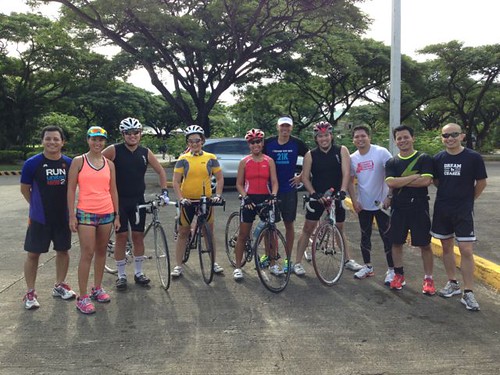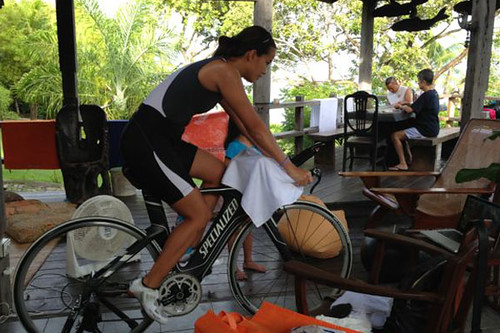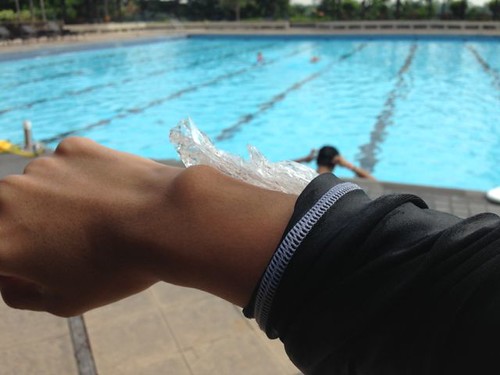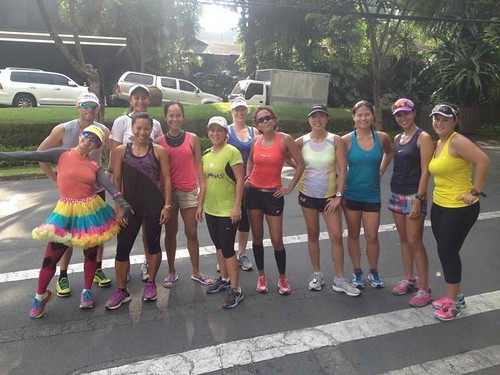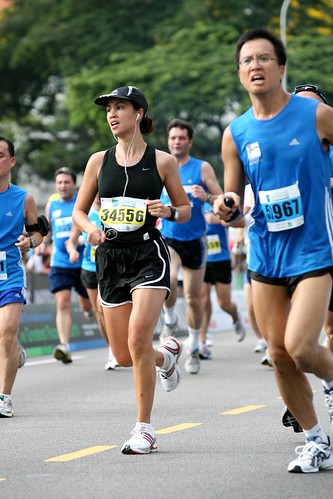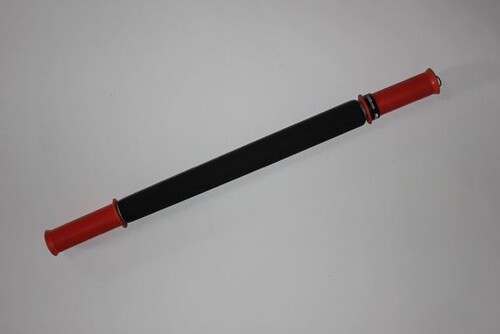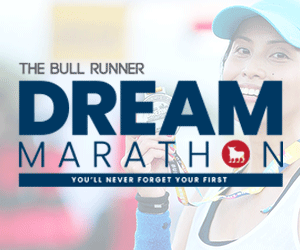Preventing Injury at Peak Form
So I felt a minor discomfort on my left knee after Tokyo Marathon. Boo! It started rearing its ugly head as we shuffled from Omotesando to Takeshita to Ginza on our last day in Tokyo. When we arrived in Manila, it went on full throttle when I ran the next weekend and the weekend after. Still, after years of running, I knew my body well, especially my perennially injured legs, and I wasn’t too quick to call it an injury. It wasn’t…yet. I had to be careful and I did what I could to keep injury at bay.
What did I do? First, with a heavy heart, I decided to skip Tri United 1 which was two weeks after Tokyo Marathon. Upon registering for this race months before, it seemed like a good idea (yeah, like my first boyfriend!) but, after the marathon, I thought: What the hell was I thinking?! I knew that it always takes my body a full 3 weeks to recover from a marathon. I should’ve known better and planned my race calendar well. Lesson learned there.
Second, I went for therapy at Peak Form. My guess was that my quads were tight and tugging at my knee caps, thus causing pain. When Archie, the therapist, checked, he confirmed that my quads were indeed as hard as a rock. (Told ya I know my body well!) For the next two weeks, I paid Archie a visit twice a week. By last Sunday, Run United 1, not only were Archie and I like best buds (LOL) I was also able to run 10k without any hint of pain! Woot woot!
– with my therapist, Archie. He says he wants to join TBR Dream next year! –
So, last Wednesday, I pushed the door of Peak Form open squealing with delight that it was probably the last time (at least in a long time) that I’d be seeing them again! I was fully recovered! (Er, knock on wood for me please.)
– Entrance to Peak Form –
– Highway to injury-free heaven LOL –
– Ms. Nikki of Peak Form –
Just in case, you’re feeling some niggling discomfort, tightness in your legs, or heaviness after an easy run, or if you’re injured and you need physical therapy, perhaps you would like to get some therapy done. There are quite a number of clinics that offer sports therapy nowadays, but I would recommend Peak Form for the following reasons:
1. They have a special Runners’ Deluxe Package. Yup, they have a package especially for runners like you and me. This consists of the following treatments: Laser or Ultrasound depending on the area, Myofascial release, Stretching, and Cryotherapy.
– Laser to crush those nodules! –
2. They’re located at Bonifacio Global City. Convenient and accessible. Heck, you can drop by before or after a run.
3. They’ve got this cool new machine called Shockwave Therapy. It works like the oh-so painful myofascial release but without the pain! You feel some pressure, but it’s definitely manageable. It’s the new best friend of people who suffer from ITBS or Runner’s Knee. Yup, that’s me.
– 2 sessions of Shockwave on my tight quads and I was back on the road, baby! –
– Shockwave on my foot. Just felt tightness from this area which needed releasing –
4. They have my favorite Cryo machine which blasts cold air onto your body instead of therapists using messy ice bags.
5. Staff are friendly, knowledgeable and efficient. You can chat about running and sports as they work their magic on you.
Peak Form is at Unit 807, The Infinity Building, 26th St., Bonifacio Global City. Call 478-9408 or 0916-353-4485 to make an appointment.

